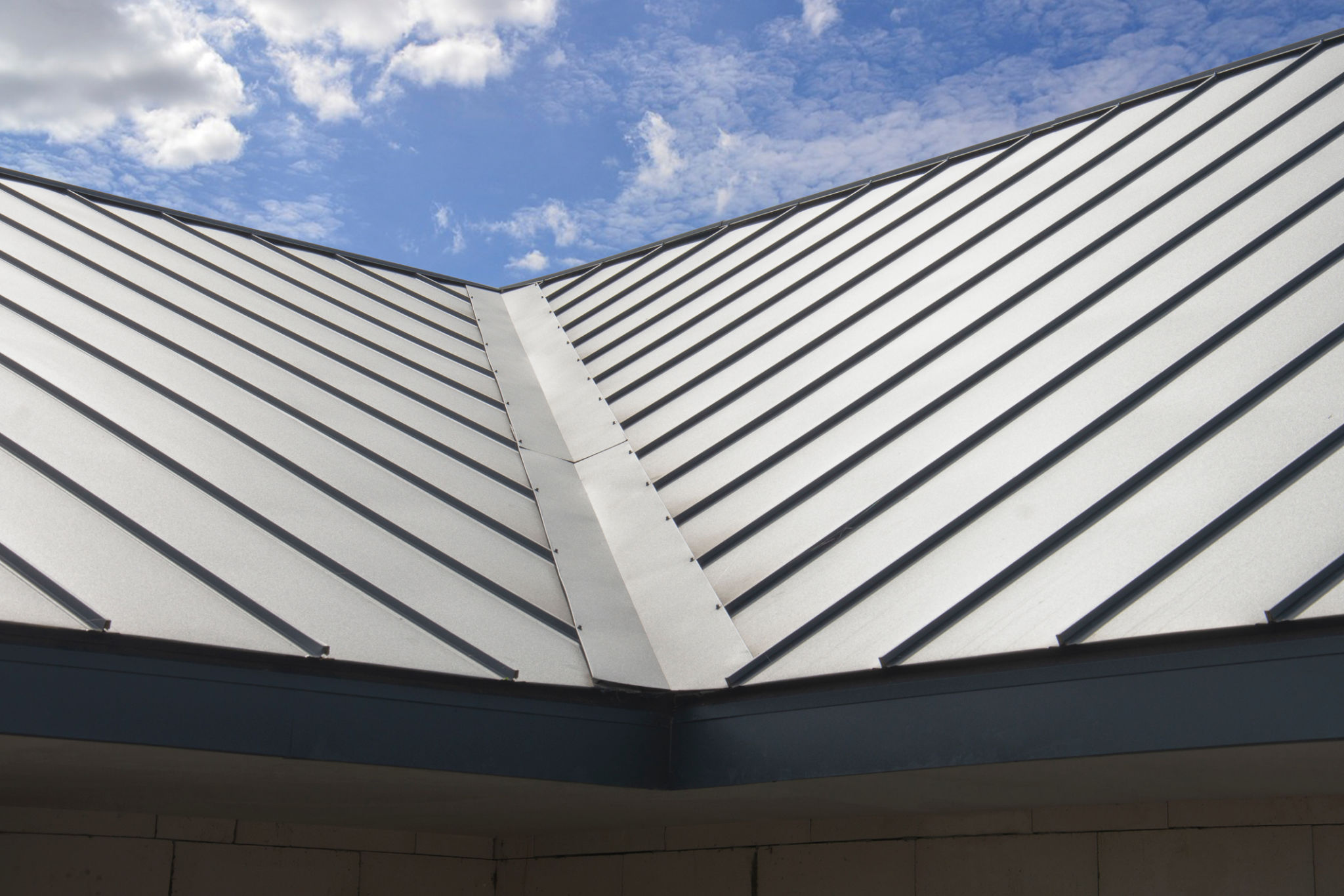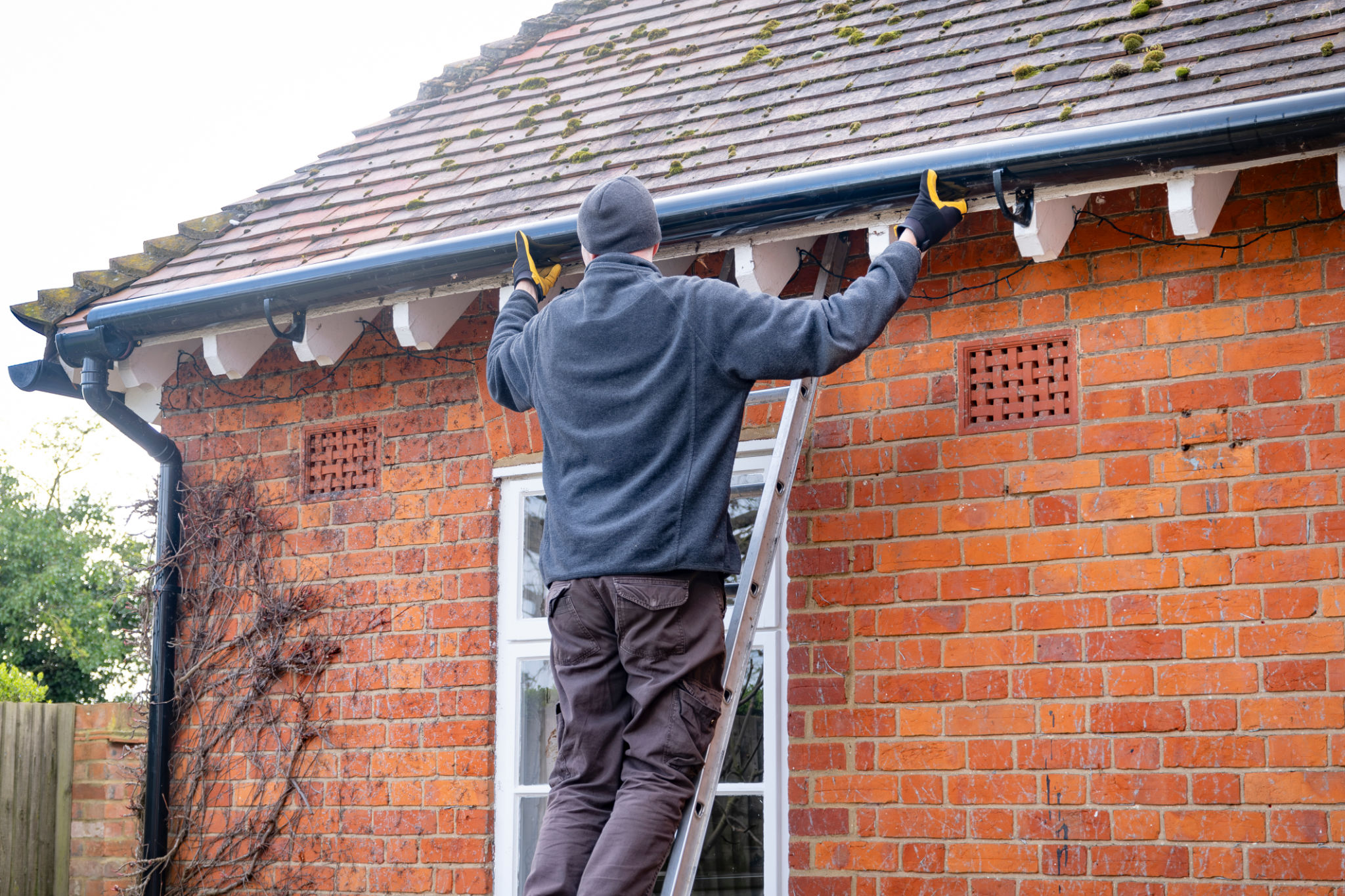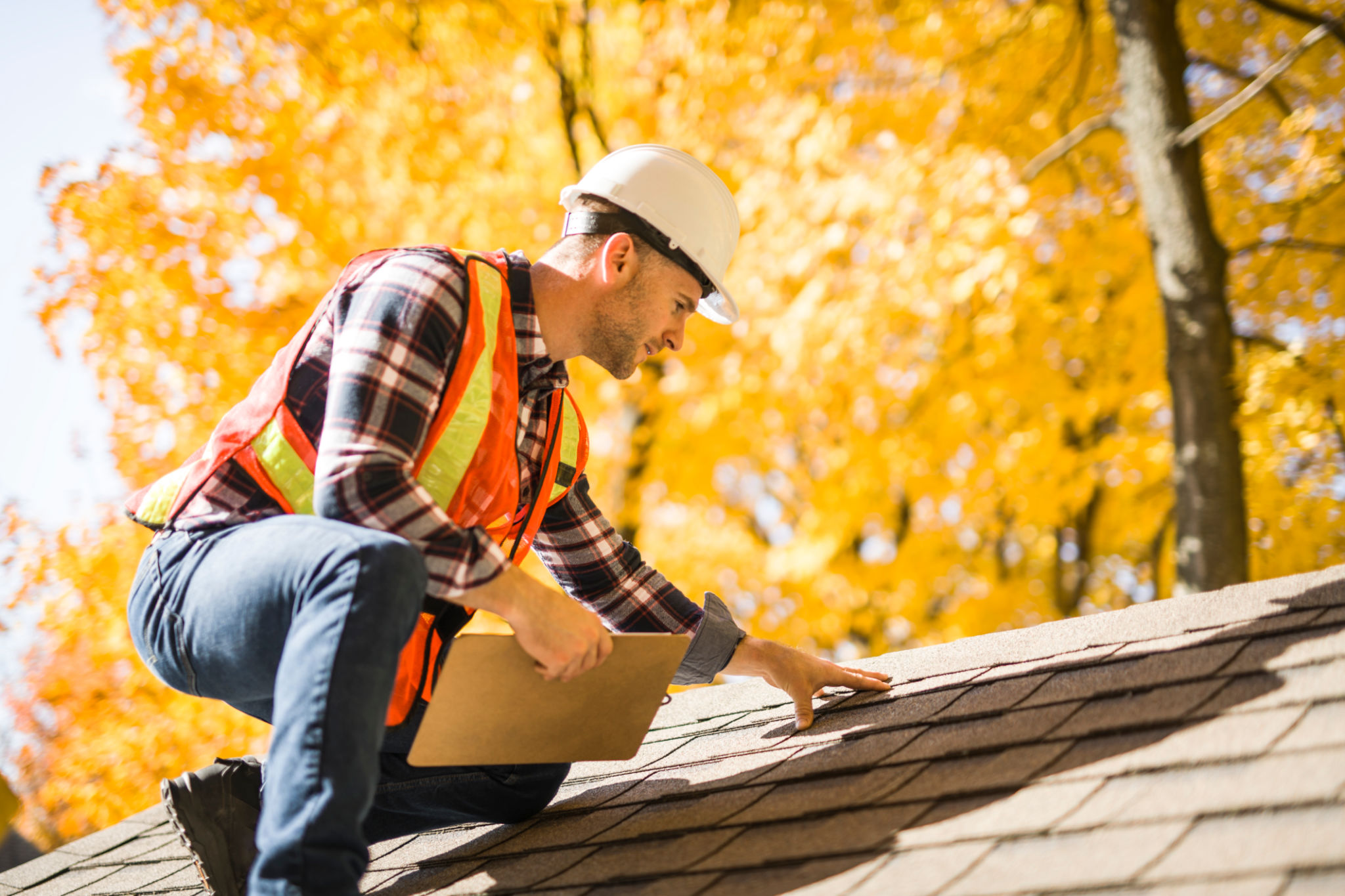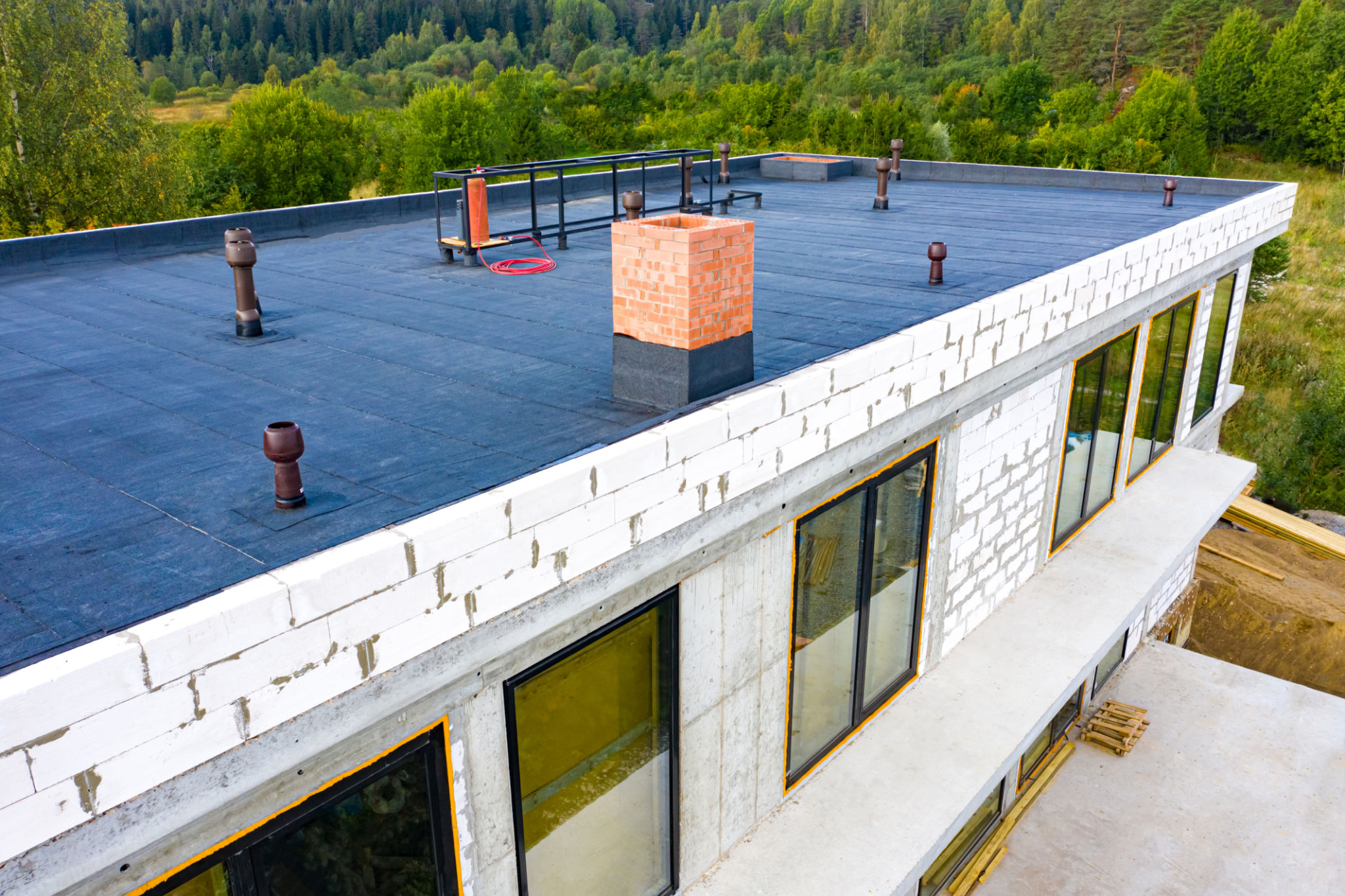DIY Roof Treatment Tips: What You Can Do Before Calling the Professionals
Understanding Your Roof's Needs
Your roof is one of the most critical components of your home, acting as the first line of defense against the elements. Before considering professional intervention, there are several DIY treatments you can perform to maintain its integrity and appearance. Regular inspections and maintenance can extend your roof's lifespan and prevent costly repairs down the road.
Start by assessing the type of roof you have. Whether it's asphalt shingles, metal, or tile, each material requires specific care. Understanding what your roof is made of will guide your maintenance efforts and ensure you're using the right methods and products.

Regular Cleaning and Debris Removal
One simple yet effective treatment is regular cleaning. Over time, leaves, twigs, and other debris can accumulate on your roof, leading to moisture retention and potential damage. Use a soft-bristled broom or a leaf blower to clear away debris. Ensure you do this task safely by using a sturdy ladder and taking precautions to avoid falls.
In addition to removing debris, you should clean your gutters regularly. Clogged gutters can cause water to back up under your roofing material, leading to leaks and damage. By keeping gutters clear, you can help maintain the health of your roof and prevent water-related issues.

Inspecting for Damage
Inspecting your roof for damage is a crucial step in DIY roof treatment. Look for missing or damaged shingles, cracks, or any signs of wear and tear. Pay particular attention to areas around chimneys, vents, and other roof penetrations where leaks are more likely to occur.
If you notice any issues during your inspection, address them promptly. Minor repairs, such as replacing a few shingles or sealing small cracks, can often be handled on your own with the right tools and materials.

Moss and Algae Prevention
Moss and algae growth can be more than just an aesthetic issue; they can also cause damage to your roofing material over time. To prevent growth, consider installing zinc or copper strips along the ridge of your roof. These metals naturally inhibit moss and algae when it rains.
If moss or algae is already present, you can remove it using a mixture of water and bleach. Apply this solution with a spray bottle, let it sit for about 15 minutes, then gently scrub the area with a soft brush. Be sure to rinse thoroughly with water afterward.
Sealing and Waterproofing
Sealing your roof can add an extra layer of protection against water intrusion. There are various sealants available that are designed for different roofing materials. Choose a product that is compatible with your roof type for the best results.
Applying a waterproof sealant can prevent leaks and extend the life of your roof. Follow the manufacturer's instructions carefully when applying sealant to ensure maximum effectiveness.

